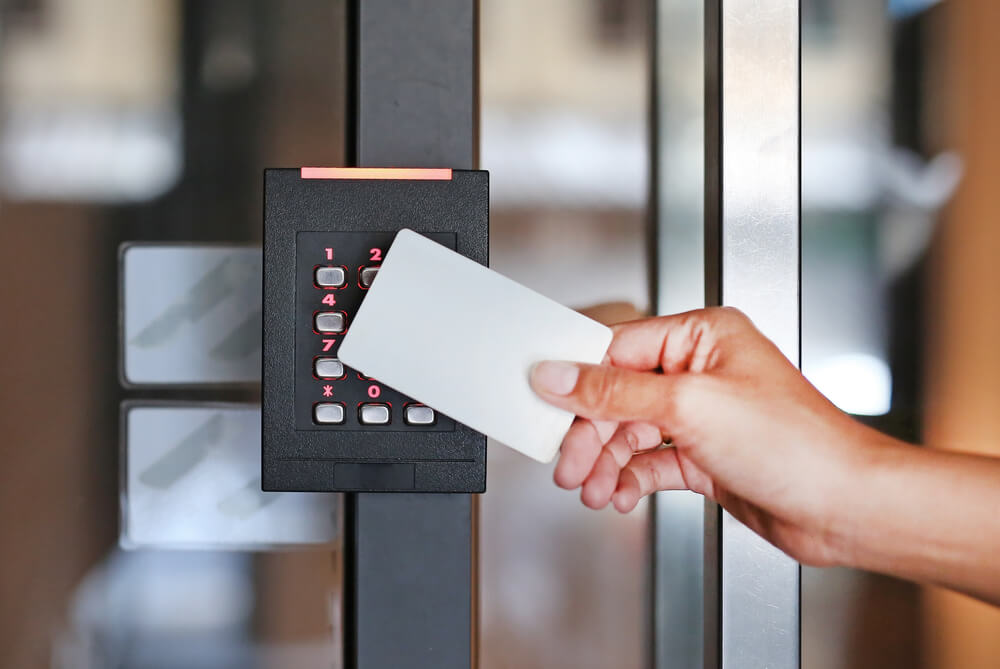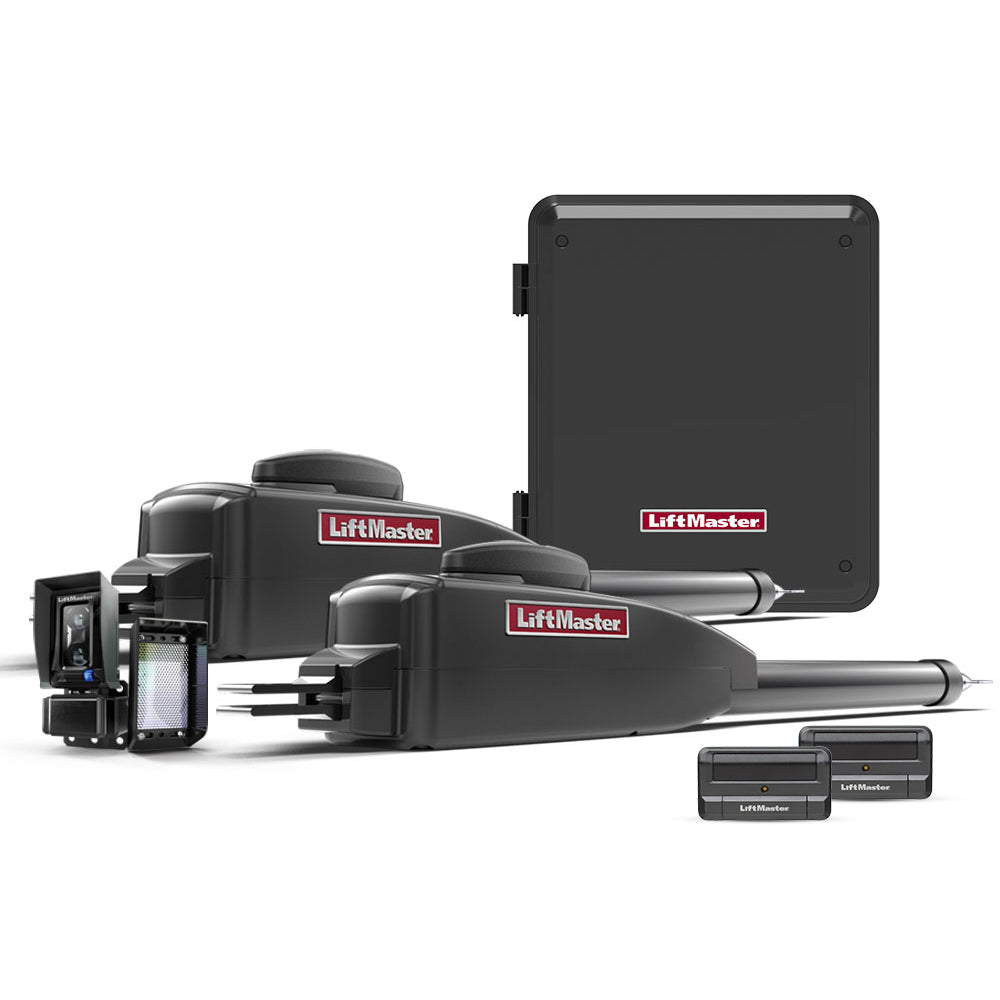Security is an extremely important aspect of everyday life, one which more people are taking seriously. It helps to keep property and people as safe as possible. A well-thought-out security protocol can inform workers on what to do during emergencies, whether from human hands—violence, sabotage, accidents—or natural disasters—fire or floods.
An access control system can help prevent human-inspired hazards while preventing intellectual and physical property theft.
This article will provide a step-by-step guide to access control installations and a timeline for such installations from start to finish. Let’s begin!
Access Control Installations: How Long Does the Process Take?
The time it takes to complete access control installations will vary from one facility to another. However, it can take around 45 minutes per card reader and 1 to 1.5 hours for door controllers, depending on the number of doors in the service area. Installation can take between two and five hours for database and software integration.
Access Control Installations: Step By Step Guide
Design and Planning
The first step of access control installations is design and proper planning. Without adequate planning, it can be difficult to achieve your security goals. Access control system installation can be possible if you thoroughly and accurately understand your aim before you begin a project. This is the key to ensuring unforeseen cost overruns and installation errors do not happen.
To this end, you will need to analyze your current vulnerabilities and access control needs. You can do this by performing a detailed analysis of your current security measures. This can inform your access control system installation plans.
With that in mind, here are a couple of questions you need to ask:
- What types of credentials do you intend to use: traditional or mobile fobs or keycards?
- How many of said security credentials will be issued?
- What type of credential are you currently using? Are they traditional or mobile fobs or keycards?
- How many of your security credentials have been issued?
- What assets do you intend to protect—important records to physical assets?
- Can your access control system support your proscribed cardholder base? Is it able to protect against duplicates?
- What security investments have you made so far?
- Is your current commercial access control system upgradeable?
When it comes to designing commercial access control systems, you need to review your core details, such as:
- The varying types of required access control readers
- How many unique locks are needed?
- What forms of authentication are required, and what is the number of people that require them?
- Do you want to host your door access control system on the cloud or on-premises?
- Do you want mobile credentials or traditional cards, or key fobs for access?
Procuring Access Control Systems
Once you have completed the planning and designing phase of your access control system installation, you can move on to the procurement process. When doing this, you should have a trusted security partner to send your plan to. Such a trusted partner can help you create a competitive and realistic quote for access control system installation.
When the design is reviewed, finalized, and agreed on, you can focus on implementing the access control system. In certain instances, the agreement might also require a separate preventative maintenance service contract which gives you priority service should you have problems with your business access control systems.
Procurement of access control systems deals with selecting the right access control solutions that suitably protect your organization’s workers, profits, and property. It should also prevent unauthorized persons from gaining entry into your building. This objective is to select the appropriate access control services that improve productivity, properly allow authorized visitors into your facility, and identify administrative staff.
Access Control System Installation
The access control installation process takes place at this stage. There are a couple of integral components to this installation—when they are managed correctly, they can ensure your system works efficiently.
Running Wires
This process begins with a site inspection to help your contracted security professionals gain an initial impression of your facility, find the right spot for your devices, and how you can run cables from the power board and main controller. Once this inspection is completed, running the cables from each service area to the door entry systems that control the entire operation can begin.
Configuring Your System Settings
Once everything has been set up and mounted, the next step is to set up the board and all the access control system hardware. The system can only be configured by providing internet access.
User Authentication
Once you have completed the system and device configuration, you can provide users entry to certain service areas within your building according to your company’s security protocols or corporate role. This access control system installation can stop unauthorized access to pertinent service areas of the facility.
Inspection and Testing Phase
This stage of the access control system installation requires constant inspection and testing. You need to test the connectivity of every system while testing whether the power going through the keyless entry systems is appropriate.
Testing each hardware component, overall system, and control panel after frequent changes can help lower the risks of troubleshooting due to an error. Each door lock needs to be properly tested before and during operation hours. You can attempt to access your service area using invalid and valid security credentials.
Access Control System Installation Onboarding and Training
As soon as your door access control system has been tested and implemented, the next phase of the access control installations is onboarding. This is the human component of the entire process. It shouldn’t take too long; however, all users must comprehend how to properly use their security access credentials.
Training can be another important step as it helps managers correctly use the system to avoid operational issues and unauthorized access. Each stage of access control installations requires security industry expertise and specific knowledge.












